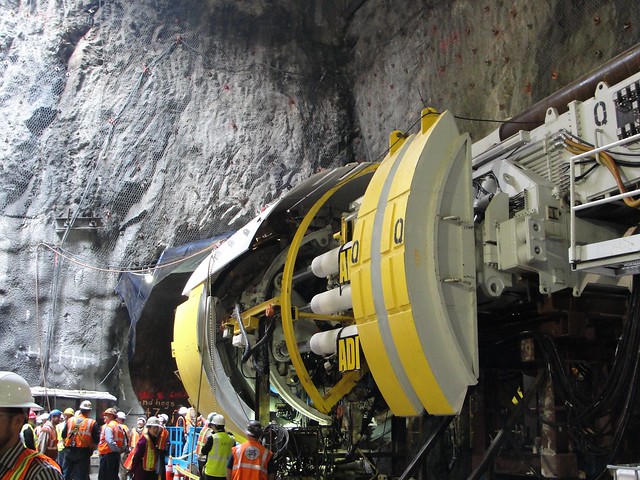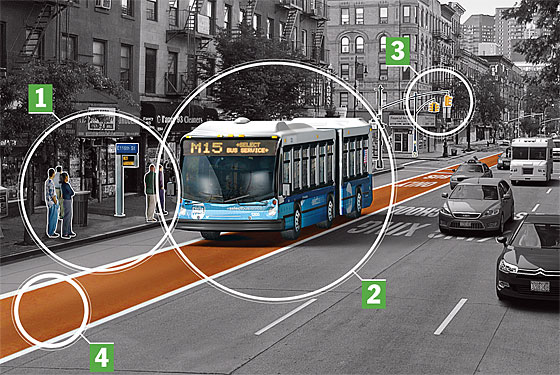As the MTA and TWU continue to square off over station agent dismissals and other cost-savings proposals that would impact labor, the two sides have reportedly agreed to go to mediation to attempt to settle their disputes. While TWU Local 100 President John Samuelsen continues to remain firm in his call for a no-layoffs provision, MTA CEO and Chairman Jay Walder believes mediation could help lower the MTA’s budget deficit without resorting to further service cuts. “Labor represents a large portion of the cost of doing business here, about two-thirds of the cost of doing business at the MTA. My hope is that we can work together in partnership,” he said.
This news breaks on the eve of the public hearings the MTA must hold before it can shutter more token booths and fire station agents. The hearings are set for Tuesday and Wednesday with two per evening, and Streetsblog has the details: Manhattan and Queens tomorrow; Brooklyn and the Bronx on Wednesday. These hearings come after a state judge deemed the initial layoffs illegal without public comment, but I have to wonder how useful this political charade will be.
For weeks, the TWU has planned to turn the hearings into a labor rally. As a recent release on the union’s Facebook page noted, labor organizers hope to “pack these hearings and deliver a strong message that we’ve had enough.” As the TWU is also alleging that these hearings are illegal, I can’t imagine anything other than animosity tomorrow night. Will TWU officials propose funding mechanisms to keep their jobs? Will they support congestion pricing or bridge tolls? Or should the riders have to pay for jobs that are largely unnecessary?

 When
When 















